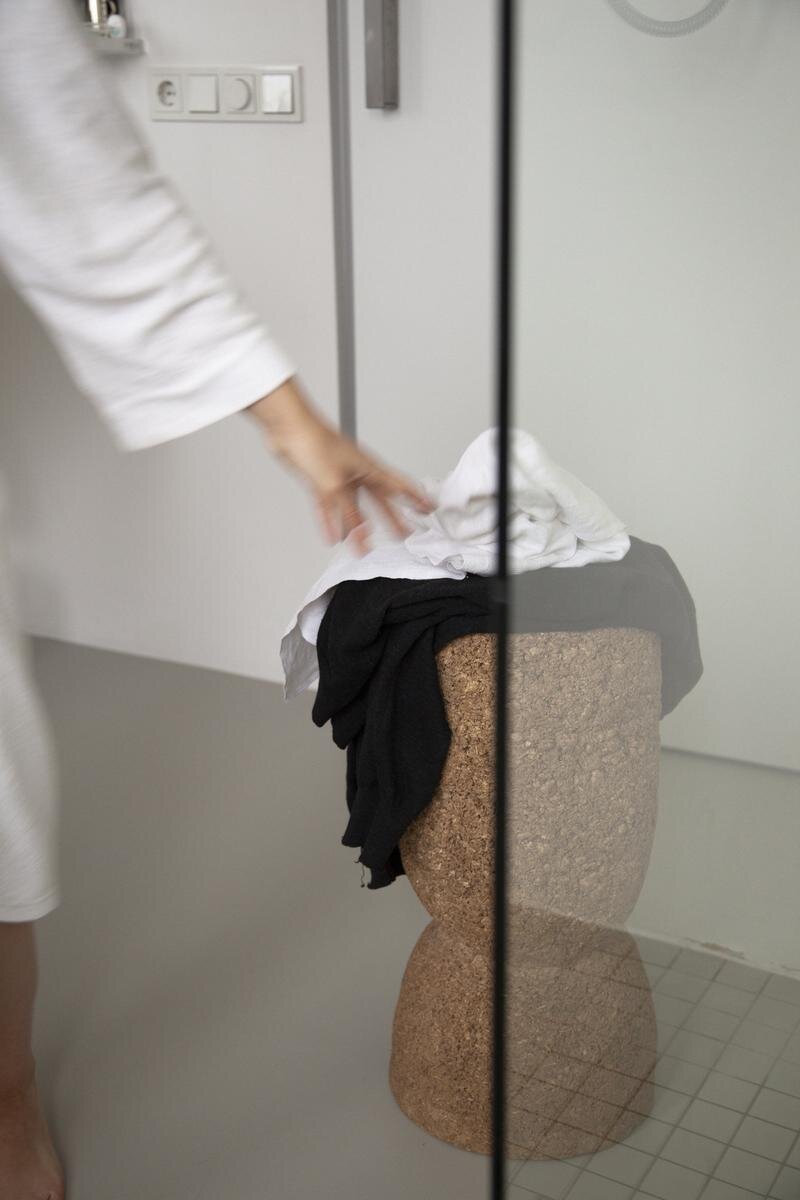Material Alchemy #2: The Pleasures and Promises of Industrial Hemp
Loved dearly by many, misunderstood and feared by some - hemp carries a lot of cultural associations, most of which have little to do with its potential as a sustainable material in product design and architecture.
While industrial hemp won't get you stoned, its production remains heavily regulated or illegal in many countries.
The cultivation of hemp has been a part of human life for at least 50 000 years, and possibly much longer. Its historical uses span from animal fodder to production of paper, textiles, rope and sails. Along with bamboo, it is one of the fastest growing plants on earth and it absorbs more CO2 per hectare than any forest or commercial crop.
Hailed by enthusiasts as a potential ally in changing the way we make objects and buildings, many designers and scientists are researching new uses of hemp with interesting results.
Organico
The German designer Philipp Hainke has dived into the world of hemp through the project «Organico». Using an adhesive, composed of calcium hydroxide and casein, he presses hemp fibers and shives them into solid shapes.
With a cover of hemp fiber mat and a core of hemp shives, the material is stable and light at the same time. Following up on his research, Hainke made the stackable «Halo» chair. Both the research project and the final chair has gained him several prizes.
www.philipphainke.de
Latte
The Latte chair is a collaboration between Paris-based duo Amandine Chhor and Aissa Loerot of AC/AL , and London-based manufacturer Very Good & Proper (VG&P).
It consists of a bio-composite based on hemp and recycled plastic, reducing the CO2 impact by about 85% compared to a traditional plastic chair. Due mainly to the use of hemp, the composite is stiff, strong, and durable.
“Latte” cahir by Amandine Chhor and Aissa Loerot
Hemp-it-Yourself
Hannah Segerkrantz graduated from Design Academy Eindhoven, department Man and Wellbeing in 2020, with the project «Hemp-it-yourself». Combining hemp shives with a lime binder, hempcrete is made. It has the strength of concrete and the flexibility of clay. It is normally used in sustainable architecture but has so far been in little use on smaller-scale projects.
Segerkrantz has made a new method of applying hempcrete, making a furniture collection based on six, semi-modular shapes. Simultaneously, she is making it all accessible to others through a Hemp-it-yourself manual. Thus, a network of makers is established - focusing on the collective rather than the solo designer.
Hemp-it-yourself
The Flat House
A great exampler of larger scale experiments scale, The Flat House is located on a 53-acre farming facility in Cambridgeshire, England. The farm, which supplies itself with hemp, collaborated with Practice Architecture to build a zero-carbon house.
“The three bedroom house was designed with the aim of prototyping pre-fabricated sustainable hemp-based construction to be applied to larger scales of house-construction.
Working closely with engineers and material specialists we developed a prefabricated panel infilled with hemp grown on 20 acres of the farm. The elements were raised into place in just two days.”
By leaving the walls exposed, the materials are allowed to breathe, which helps to resist mould and naturally adjust indoor air quality.
The project has led to the establishment of Material Cultures, a research organisation which is exploring natural materials in the context of off site construction.
The Flat House














